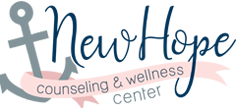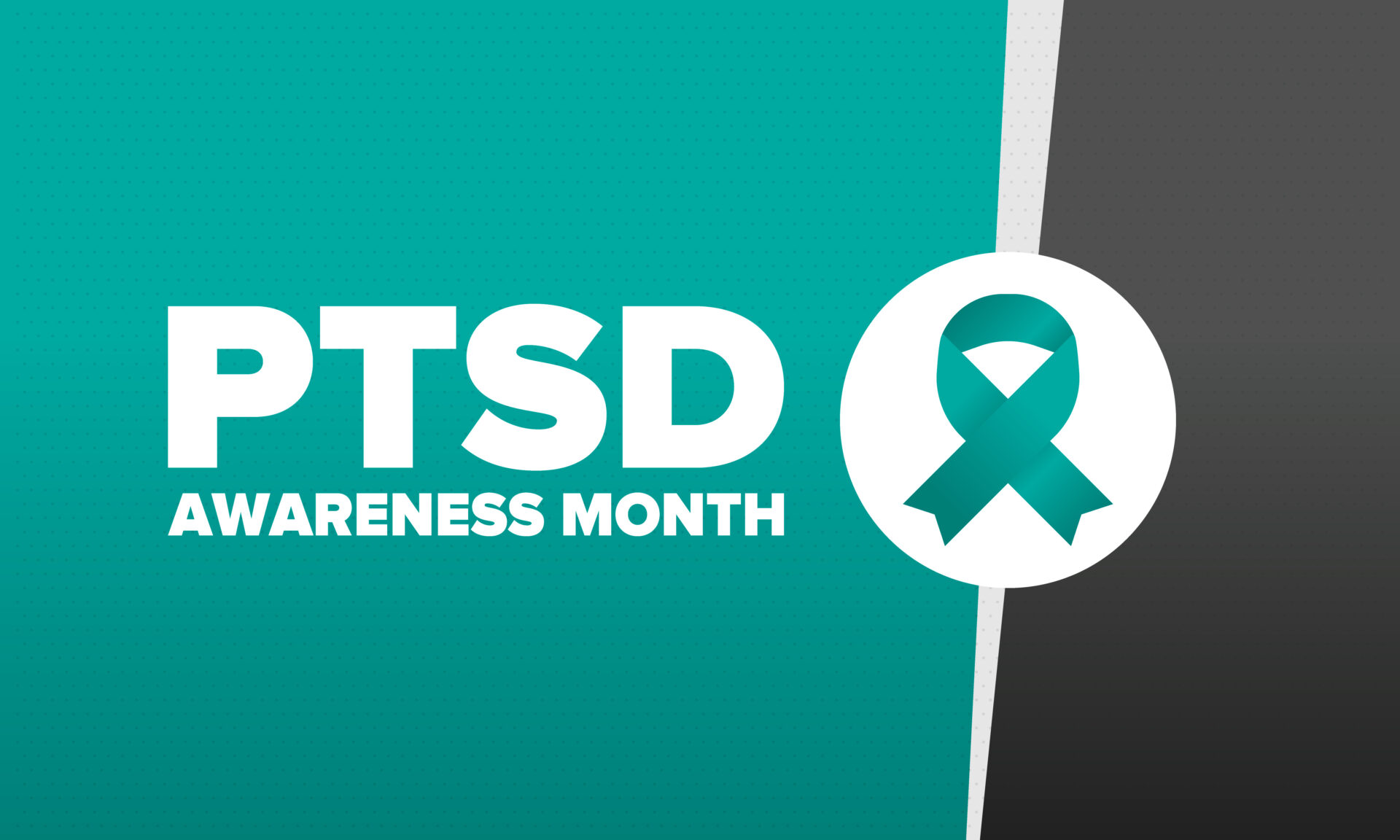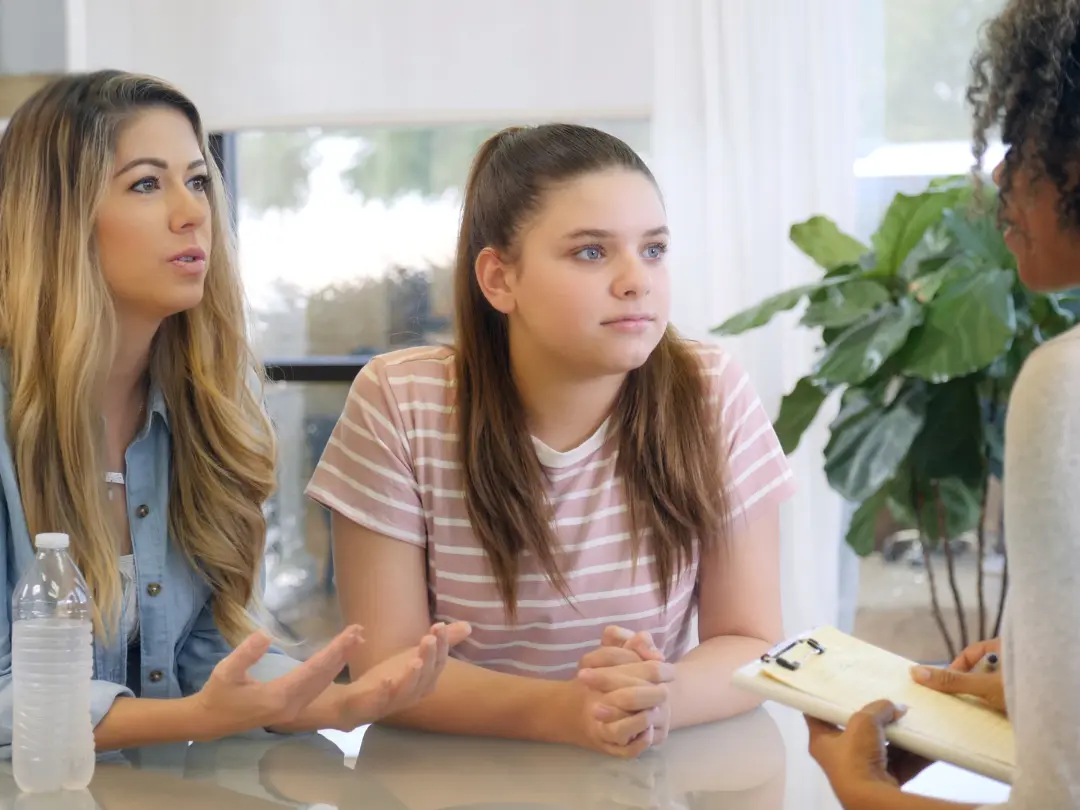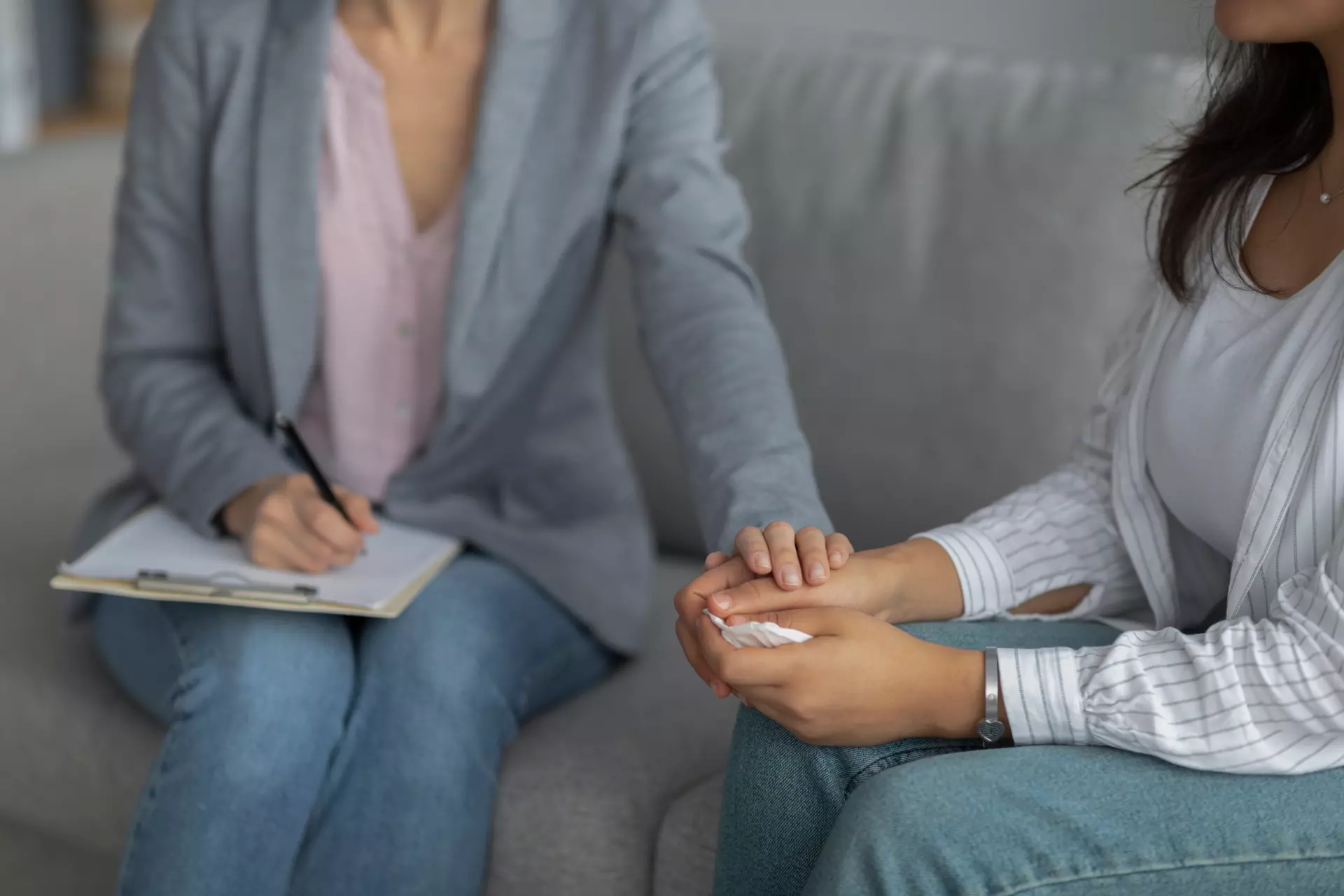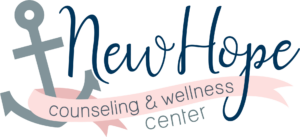June is National PTSD Awareness Month. A growing need for PTSD awareness is present as there have been more than 200 mass shootings in the US and we are not yet halfway into the year.
The recent tragic and unimaginable events of the school shooting in Uvalde was another reminder of how important it is to understand PTSD. Mass shootings are a first-line traumatic event that can trigger PTSD. Childhood trauma has a greater adverse effect on overall well-being. The threat or perceived threat of violence can also be traumatic for children. A sense of safety and security are essential to the overall development of a child. Once a child does not feel safe, the ability to learn and thrive is diminished. We have seen this after active shooter drills.
What is PTSD?
PTSD (post-traumatic stress disorder) is a mental health disorder that occurs in people after they have experienced a particularly traumatic event like war, violent physical/sexual/verbal assault, accidents, and sadly, school shootings. It can also occur in people who may not have experienced the violence firsthand – but rather as an observer or in first responders.
Symptoms of PTSD may be hard to recognize but can include depression, anxiety, nightmares, paranoia, insomnia, and disturbing thoughts, to name a few. While most people can heal from PTSD in a relatively short amount of time, for some it may take years to recover. The good news is that many may recover from the symptoms of PTSD through treatment. That being said, many choose to ignore the problem and suffer through it because they are either unaware that treatment is at hand, do not have the means to get treatment, or may even be concerned with the stigma of being labeled with a mental health disorder. In other cases, many do not realize that their symptoms are associated with the traumatic event.
Who Is Impacted by PTSD?
It is estimated that around 6% of the population will experience some form of PTSD in their lifetime with the condition more common in women (8%) than it is in men (4%). That statistic can be startling as PTSD awareness initially came to the forefront of our collective consciousness when it was recognized as a mental health disorder for men returning from war (and it is still strongly associated with that set of circumstances today). And while soldiers returning from violent encounters absolutely deserve all of the care, treatment, and support they need, the reality is that PTSD affects women and children at disproportionate rates, yet they are less likely to receive treatment.
PTSD and First Hand Trauma
As mentioned previously, service members who are exposed to traumatic events during war can suffer greatly from PTSD. They can experience fear, flashbacks, uncontrollable bouts of emotion as well as other aftereffects. It is also possible (and highly likely) that civilians living in war zones are also at risk for similar trauma.
PTSD can also occur after violence not related to war. For example, abuse or sexual assault, and violent assault survivors can also experience long-term negative effects of their trauma.
PTSD can also impact survivors of disasters and terrorist attacks. It can occur individually or even to a group of people. Mass violence refers to any traumatic event that affects many people (such as mass shootings like the one in Uvalde, Sandy Hook, or Parkland, terrorism, and disasters). These community traumatic events can lead to death, injury, grief, fear, and a need for mental health support.
Second Hand Trauma and PTSD
We all know that PTSD can occur when someone experiences violence, trauma, or emotional or physical injury but it can also occur when we are simply casual observers – and sometimes even from afar. Many of us have watched in horror as terrorism, violence, mass shooting, and national disasters unfolded on news channels and on social media. When this happens, we watch helplessly as people are hurt, abused, traumatized, and even killed. You would not be human if watching these awful events perpetrated upon others didn’t have a traumatic impact on you. Some of us were impacted more than others and some to the point of experiencing PTSD. Even if you weren’t directly involved, the shock of what happened can be so great that you have a hard time living a normal life.
To illustrate this, it is an absolute certainty that right now there are young children, and even teachers, who are terrified to go to school again after watching the events unfold at Uvalde. The unspeakable nature of the crimes, along with the reality that this violence could occur anywhere at any time makes people feel vulnerable at best, but for some, they will be frozen with terror without ever having been within 100 miles of the mass shooting. PTSD can strike even the most casual observer.
Back in the 70s, a bus safety documentary called, And Then It Happened, was released and many school-aged children were forced to watch it – and then made to get on their busses to go home. The result in my school was instantaneous. Children were hysterical with fear, many parents had to pick up their children, and for some, the fear lingered for the remainder of the school year. The trauma it inflicted was severe.
PTSD Treatments That Work
PTSD is treatable. With medications and therapy, it is possible for PTSD sufferers to achieve a life free of trauma. PTSD treatment plans vary with each individual, their experience, their symptoms, and their lifestyle. Some may respond best to one-on-one therapy sessions, while some may do better with group therapies. Some may require inpatient care, while others will be able to heal with outpatient or in-office care. Medication may or may not be required but most PTSD survivors benefit from a combination of both therapy and medication.
Other types of treatments may also include transcranial magnetic stimulation (TMS) which is FDA approved to treat PTSD and works particularly well when standard treatments aren’t effective. Another non-traditional treatment for PTSD non-responders that is showing promise is ketamine therapy.
Regardless of the treatment route that works best for you or your loved one, just know that treatment is available.
PTSD Awareness – Recognizing Symptoms & Getting Help
If you or someone you know is struggling with PTSD, we can help. Our Approach at New Hope Counseling and Wellness Center is to treat the individual and not the condition. If you or someone you know experienced a trauma firsthand or even as an observer and you notice changes in their behaviors or believe they have PTSD, please know that treatment is available.
- Trust that there is HOPE for you through counseling and therapy.
- Therapy could benefit you in amazing ways.
- Through counseling and therapy, we will work together to identify your trauma and help you to develop a new understanding and connection to your feelings, allowing you to experience happiness.
Our team of specialists works with teens, adults, and families. We will develop a personalized mental health treatment plan for you or your loved one. Contact us today. You are not alone.
